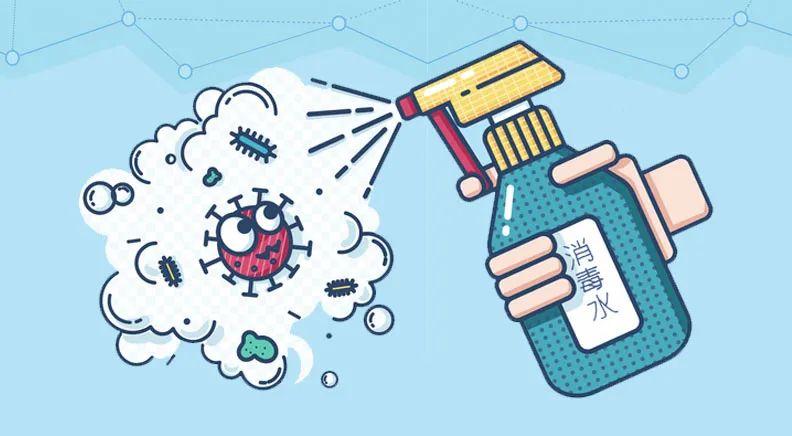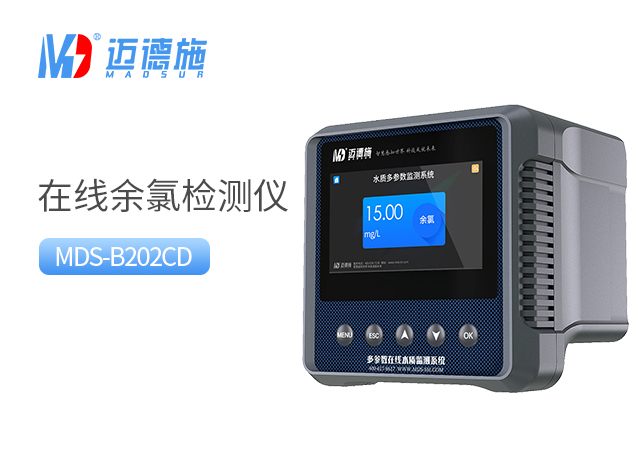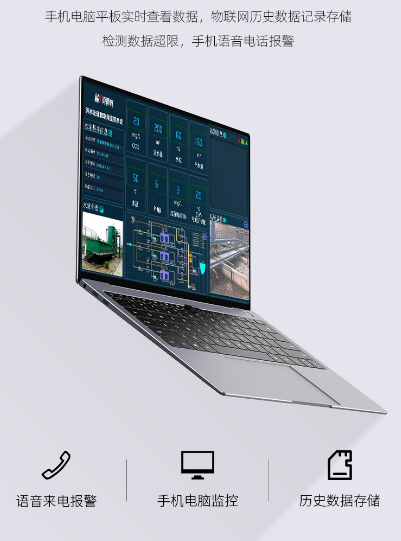Operating an Online Residual Chlorine Water Quality Monitor: Focusing Solely on Residual Chlorine Values Is a Mistake! These 6 Water Quality Parameters Are Crucial!
When enterprises conduct online residual chlorine monitoring, there is a common misconception. Many people think that "as long as the residual chlorine value is within the range, everything is fine." In fact, this idea is completely wrong. Focusing only on the residual chlorine value is like walking with your eyes closed, ignoring other key water quality parameters, which can bring great harm to water quality monitoring. If these parameters cannot be comprehensively grasped, it may lead to a series of problems such as poor disinfection effects and frequent instrument failures, putting the enterprise's water quality monitoring work in a difficult situation. Below, the manufacturer of Maideshi residual chlorine water quality analyzer will explain it in detail for you!

1. The Ratio of Free Chlorine to Total Chlorine
The ratio of free chlorine to total chlorine is extremely important. A high total chlorine but low free chlorine is like having a lot of weapons but few that can actually be used. This indicates that most of the residual chlorine exists in an ineffective form, and the disinfection ability is seriously insufficient. Imagine that in a swimming pool, if the proportion of free chlorine is too low, it cannot effectively kill bacteria and viruses in the water, and swimmers are prone to get infected. Therefore, when operating, it is necessary to choose an instrument that can monitor both free chlorine and total chlorine. When this ratio is lower than 1:3, an early warning should be issued immediately, and measures should be taken in time to adjust the state of residual chlorine.

2. Water Hardness
Water hardness, that is, the content of calcium and magnesium ions, is also a key parameter. High - hardness water is like a naughty child that can cause trouble for the residual chlorine meter electrode, leading to electrode scaling. Once the electrode is scaled, the problem of "reading drift" will occur, and the measured value will be inaccurate. It's like an inaccurate clock that cannot tell the time correctly. When the water hardness is >300mg/L, it is best to install a softening pretreatment device, which can extend the service life of the electrode and make the instrument work more stably.
3. Contact Time
Contact time cannot be ignored either. Residual chlorine needs enough time to fully react with the water sample, just like cooking needs enough time to be cooked. If the monitoring point is set too early, the residual chlorine has not had enough time to react fully, and the measured value will be higher, which will give the enterprise a false impression that the water disinfection situation is good, but in fact, the expected effect may not be achieved. Therefore, the water flow time should be calculated according to the pipeline length, and the monitoring point should be set in the "fully - reacted area" so that the measured value is accurate and reliable.
4. Interfering Ions
Interfering ions, such as ferrous ions and sulfides, can also have a great impact on the monitoring results. These ions are like a group of trouble - makers that will react quickly with residual chlorine, causing the value measured by the digital residual chlorine sensor to be much lower than the actual demand. It's like you originally need the strength of ten people to complete a task, but because there are trouble - makers consuming part of the strength, only the effect of five people is shown in the end. To deal with this problem, a residual chlorine meter with anti - interference function can be used, or the water sample can be pretreated to remove interfering ions.

5. Three Must - Dos in Enterprise Practice
1. Mark the normal range of related parameters in the instrument manual : Just like giving a driver a map so that they know the route and boundaries. In this way, when operators use the instrument, they can clearly know the reasonable range of each parameter, and can detect problems in time once it exceeds the range.
2. Regularly (monthly) verify the correlation between parameters and residual chlorine values : This is like regularly maintaining a car to check whether the cooperation between various parts is normal. Through verification, the changing relationship between parameters can be found in time to ensure the accuracy of monitoring results.
3. Train operators on parameter linkage : Operators are like the commanders of the instrument. Only when they are familiar with the linkage relationship between various parameters can they operate the instrument correctly. Assessment points can also be attached during training to ensure that operators truly master relevant knowledge and skills.

In conclusion, only by comprehensively mastering these key water quality parameters can the online residual chlorine detector truly become the "water quality guardian" of the enterprise, protecting the enterprise's water quality safety. If you are also troubled by water quality monitoring problems, welcome to consult Maideshi, a chlorine sensor manufacturer, at any time!
Previous: Will Customers' Mobile Phones Make the Data of Online Residual Chlorine Monitors in High - end Pools Inaccurate? The Truth and Avoidance Guide
Next: Installing the Online Residual Chlorine Automatic Monitor for Swimming Pools in the Wrong Location = A Waste of Money! 4 Golden Installation Points Every Business Should Know

